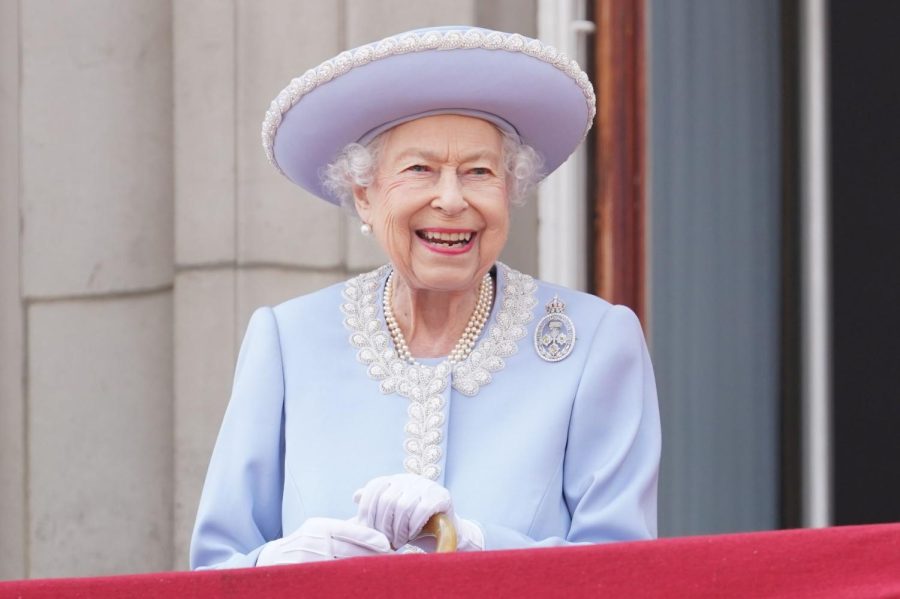A monarch to remember
On Sept. 8, the world lost a monumental figure when Queen Elizabeth II died from natural causes at 96 years old, making her the longest-reigning monarch.
Elizabeth’s death caused several major changes to the monarchy, one being new titles for the royal family. Her oldest son, Charles Philip Arthur George Mountbatten-Windsor, immediately became King Charles III after her passing and assumed responsibility for naming the rest of the royal titles. He announced that his wife, Camilla the Duchess of Cornwall, would become Camilla, Queen Consort. Prince William and Princess Kate would become the Prince and Princess of Wales, which is significant, as no one has used the title “Princess of Wales” since Princess Diana’s death in 1997. Their children’s titles also changed to Prince George of Wales —who is second in line for the throne — Princess Charlotte of Wales, and Prince Louis of Wales.
“As you begin your last great journey to join my dear late Papa, I want simply to say this: thank you. Thank you for your love and devotion to our family and to the family of nations you have served so diligently all these years,” Charles said in his first address since being crowned king.
Beloved by many, the world mourned Queen Elizabeth after news of her death was announced. Great Britain commemorated the Queen’s death in many ways, one being having her coffin lay in state at the Palace of Westminster where people could come pay their respects until the morning of her funeral. Many traveled from around the United Kingdom to wait in line for over five hours for the chance to honor the Queen and be a part of a historical moment. Her funeral on Sept. 19 was a national day off of work and school, and leaders from around the world traveled to the ceremony, including Joe and Jill Biden. The bell at Elizabeth tower was rung at 3 p.m. on Sept. 18 to announce the beginning of a one-minute moment of silence.
“I think so many people were honored to be here for however long it was going to take in the queue, and everyone had accepted that and was more than happy to wait as long as it took just to pay our respects,” Ashleigh Harvey, a participant in the ceremony, said.
Not only was Elizabeth the longest-reigning monarch, but she also had many groundbreaking moments during her rule. She broke tradition when she kept her surname after marrying Prince Philip, setting the stage for future monarchs to come. Another is when she passed the Succession to the Crown Act in 2013 stating the eldest child, either female or male, would be next in line to the throne. In the past, only the eldest male child could become King, even if the firstborn was a female. This act was a big step forward for the monarch to achieve gender equality.
“I think it was really cool that Queen Elizabeth passed this act because the previous rule was unfair to women,” Megan Reed, sophomore, said.
The world continues to mourn the loss of Queen Elizabeth II, and she will be remembered for the great leader she was.

Hey! My name is Alannah Hipps, and I am a senior at Etowah this year. This is my fourth year on the Talon staff, and this year I am Head of Staff and President...










